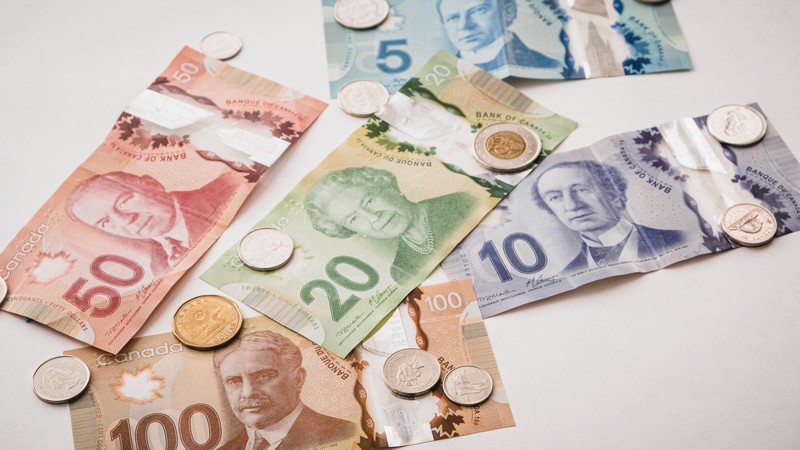Congratulations to anyone with any US dollars sitting around from that last trip down south, because the currency is on a tear.
The loonie is sitting at its lowest levels against the US dollar in two years as rising geopolitical tensions, specifically Russia’s not-so-subtle nuclear threats and military mobilization, leave investors looking for safe places to park their money.
Why it matters: A weaker loonie makes trade with other countries more expensive since businesses often use US dollars for cross-border transactions. But it can be good for Canadian exporters, whose products become cheaper for overseas buyers.
Why it’s happening: Investors, spooked by the prospect of a worldwide recession and an escalating war in Europe, are flocking to assets tied to US dollars (considered safe).
- These assets are attractive because the US economy is doing relatively well, and the Federal Reserve is hiking interest rates faster than any other major economy…
- …except for Canada. The Bank of Canada has kept a step ahead of the Fed with rate hikes, which has helped the loonie outperform the euro, British pound, and Japanese yen.
Zoom out: A strong US dollar isn’t a big problem for Canadians (unless you’re spending winters in Florida), but it is creating serious problems for emerging economies like Sri Lanka, which often borrow in US dollars and now have to repay the loans at even higher rates.
